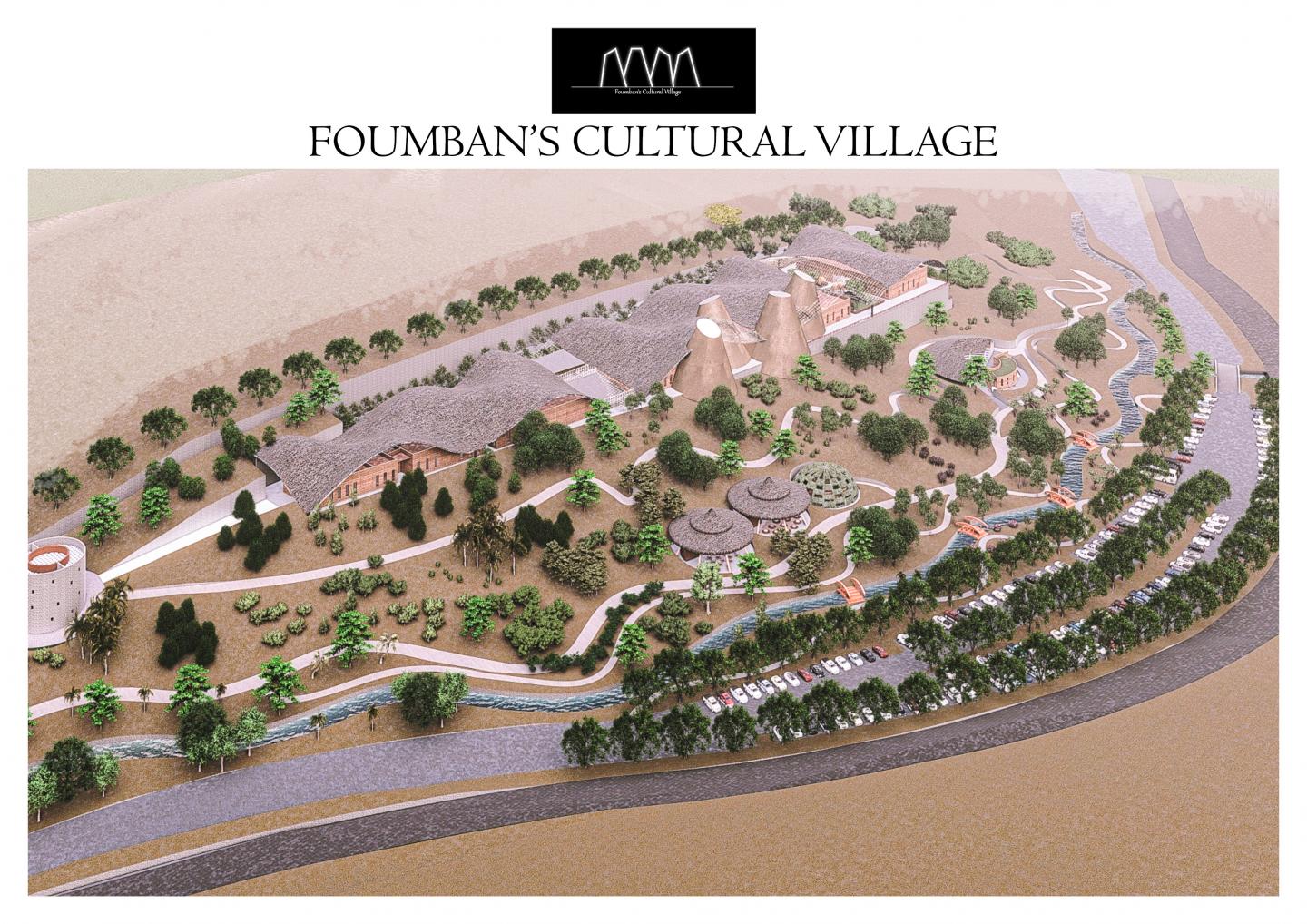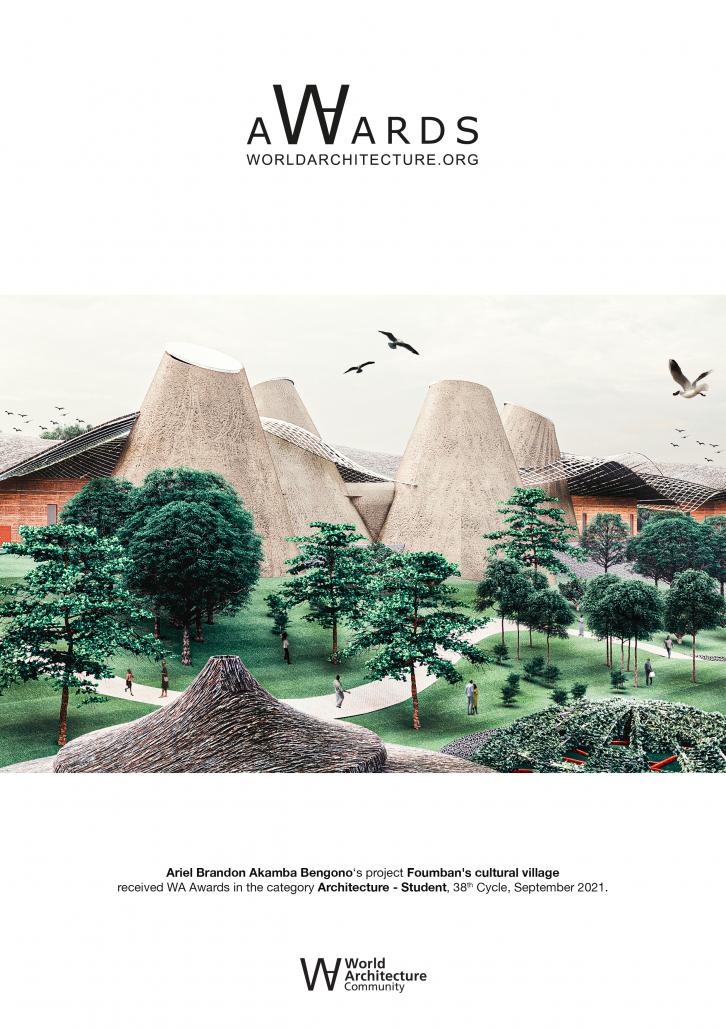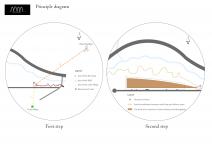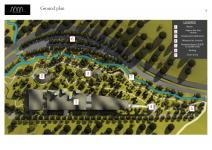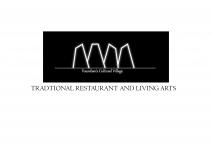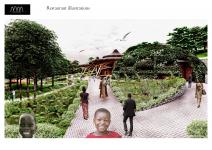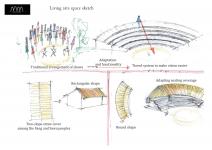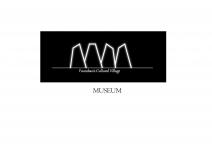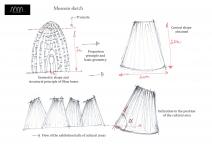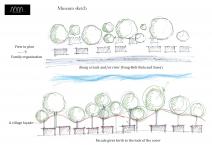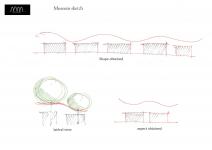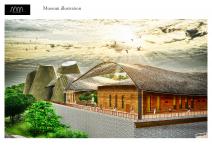The history of our world, as we know it, has been shaped by battles and wars. These conflicts are still alive today, fueled by factors as old as the world itself, and still claiming more and more victims. Far from the ideals of peace and the loves conveyed by religious texts, mythologies and tales, humanity has proved to be fundamental belligerent. In addition to the factors motivated by hegemonic and economic considerations, the factors of identity non-tolerance (clan, tribe, race, ethnic group, religious group and nationality) occupy a considerable place in the proliferation of violence, which has and continues to punctuate the history of our humanity. On a global scale, examples are legion, but one of the most striking remains the horribly famous Jewish genocide, which, also often call “Shoah”, was a pure and systematic extermination that claimed the lives of nearly 6 million people. .
In Africa, the fear of the slave trade and the various raids that marked the colonial period, pushed people to take refuge in the deep of their internal identity and build hostile barriers that still stand today, despite multiple mediations and the intervention of the United Nations. Among the most emblematic, three cases are not yet healed: the Biafra war in Nigeria, the interminable Katanga war in the DRC and Apartheid in South Africa.
Cameroon, like the world and Africa, is in the grip of this identity intolerance which will progress with ups and downs that are beginning to show through. This raises the need for real work on the values of tolerance, of living together and of unity. As about to be architect, the guiding question consisted to figure out "how architecture could break these hostile barriers, blow up the veil of prejudices that hovers among the peoples of Cameroon and bring them to cohabit, and above all, to coexist together?"
The cultural village of Foumban stands here as a beacon to help resolve these scourges, maintain peace and promote living together. As an architectural approach, this project makes it possible to explore the human, social, cultural and natural resources in order to provide a possible response to the development, flourishing and coexistence of the peoples of Cameroon.
Given the immaterial nature of the problem, the village presents itself as an architecture that arbitrates cultural encounters between people and tempers extremist and exclusive thoughts. It brings each person who goes there to face a reality different from the one they live on a daily basis, through the principle of the pilgrimage which is articulated in three steps: WHAT YOU BELIEVE TO BE, WHAT YOU ARE, FRESH START). The purpose here is to touch the sensitivity of the human being and to push each person into questioning, which is the basis of any change.
Through its components (museum, performing arts service area, traditional restaurant, memorial of truth), the Foumban village, allows each pilgrim to understand and know his culture and that of his neighbor. It is a place that combines the tranquility of the village, the historic side of the memorial, and the collective aspect of places of gathering and worship (because it encourages meditation and appeals to its humility).
The cultural village of Foumban is a synthesis of the architectures encountered among different peoples of Cameroon. Each component developed in the village is inspired by the traditional architecture of a people (Mosgoum, Pygmy, Sawa, Bamiléké, etc.), from the spatial organization to the volumetric composition.
The materials
The choice of materials is also influenced by the availability and the techniques mastered and used by the peoples of Cameroon.
For the foundations, the choice of stone was advocated, earth (adobe, BTC) for the elevations and thatch for the roof.
Bioclimatic principle
From the point of view of sustainability, at the environmental level, the village is in perfect coherence with its immediate environment. The project is designed according to the morphology of the site and takes into account the initial state of the premises. It is crossed in its length by a natural river so the flow was not affected. Most of the trees on the land have been preserved.
2020
0000
At the climatic level, the buildings of the village are energy efficient. The bays have been designed in such a way as to allow maximum natural sunlight and normal, comfortable ventilation, but reasoned to keep the buildings always warm and to contrast with the predominantly cold climate of the mountainous region.
Facade and solar breeze coverings are also judiciously implemented to keep buildings at a suitable temperature during periods of high heat.
Photovoltaic solar panels are also planned in combination with hydroelectric power in order to reduce the consumption of buildings.
The rainwater is also captured by a collection system in place and will allow maintenance of the buildings and the health needs of visitors to the village.
Site aera: 8000m2
Student's:
AKAMBA BENGONO Ariel Brandon ASSONNA Sorelle Ariane
SOUNA Junior Brandon
Supervisor :
Mr. DIANE Ousmane
Mr. LAOVI Yao Daniel
Foumban's cultural village by Ariel Brandon Akamba Bengono in Cameroon won the WA Award Cycle 38. Please find below the WA Award poster for this project.
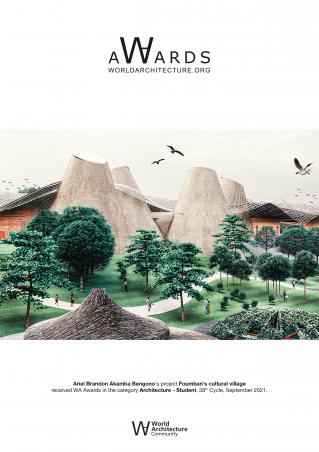
Downloaded 0 times.
